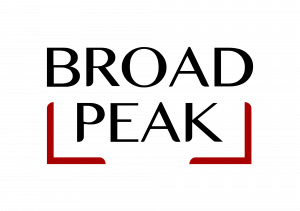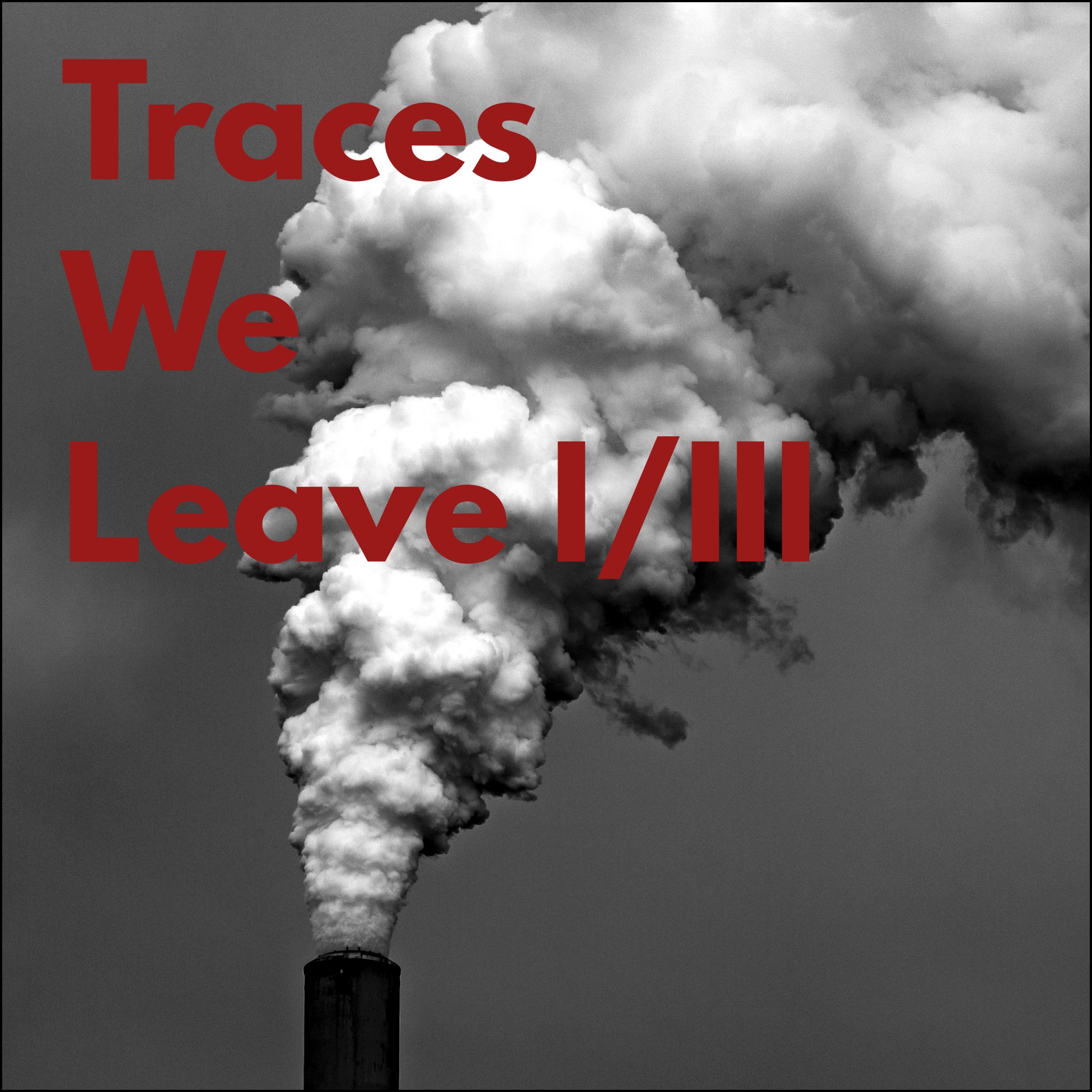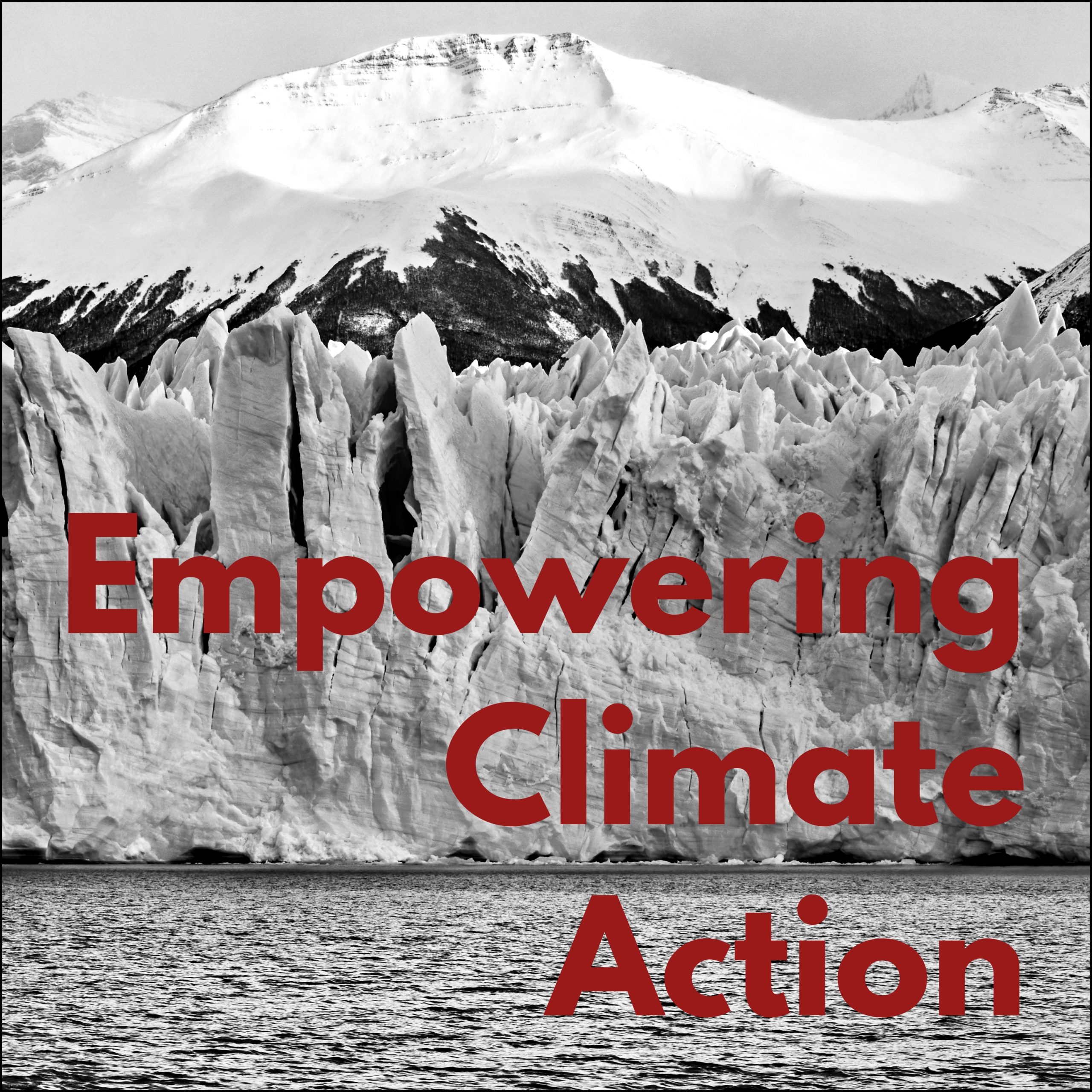Gender equality is not just a goal. It is the key to achieving sustainable development, economic growth, and the alleviation of poverty. To have a realistic chance to achieve the Sustainable Development Goals (SDGs), we must empower women across all dimensions. Gender inequality is a transversal topic and a major barrier to achieving several SDGs.
At Broadpeak, we collaborate with industry experts, impact-driven investors, and academic institutions to address urgent global challanges. Through our articles and trilogies, we aim to share the insights we have gained from these projects with our network. Explore all of our published articles and trilogies in the blog section of our website.
Gender equality as a fundamental SDG
The SDGs aim at nothing less than achieving global peace, equality, prosperity, and environmental sustainability for both present and future generations. These goals and their specific targets are designed to enhance the quality of life and living standards for all by 2030. Achieving gender equality is one of the 17 objectives but also a cornerstone for realizing sustainable development across many other SDGs. Maria João Pereira Coelho, a Gender-Audit Facilitator at the International Training Center of the International Labour Organization, recently told us: “Women make up half the population, so it is crucial to recognize how all endeavours aimed at promoting equality between men and women contribute to the fulfilment of the SDGs. There is no sustainable development without gender equality”.
Concretely, achieving gender equality signifies arriving at a state where gender has no bearing on one’s access to rights, responsibilities, or opportunities. It is important to note that gender inequality impacts all genders, not just women, and has repercussions for children, families, and people of all ages and backgrounds. In this paper, we will focus on the various challenges for women on the way to equality and its critical role in the context of sustainable development.
The intersection of gender and other SDGs
Accomplishing the targets of the “Gender Equality SDG” (SDG 5) is crucial in a world where women face inequalities in nearly every aspect of life. Whether it be in a social, economic, or political context, women are often deprived of the same rights and opportunities as men. Globally, women earn only 77% of the salary earned by men and remain largely under-represented in parliaments, holding only 23.7% of parliamentary seats in 2018. Furthermore, only 52% of married or unionized women aged 15 to 49 have the self-determination to make their own informed choices regarding sexual relations and the use of contraception and health services. And, on average, one out of three women has experienced some form of sexual harassment.
However, gender equality occurs beyond issues covered by SDG 5 and is in fact, a cross-cutting theme across all the SDGs. Indeed, women are more likely to live in poverty than men worldwide (SDG 1), and in 2018, 12.9 million women lived in poverty in contrast to 10.6 million men. Consequently, women suffer more from hunger, with estimates indicating that 60% of the world’s chronically hungry are women and girls (SDG 2). Women also have less access to education and according to estimations, in rural areas, only 39% of rural girls attend secondary school in contrast to 45% of rural boys (SDG 4). Additionally, women and girls are responsible for fetching water in 70% of households, which exposes them to unsafe water resulting in diseases and other health risks (SDG 6). Inequalities reinforce one another and, as a result, outcomes regarding health, education, financial resources, wealth, and general welfare exhibit systemic disparities to the disadvantage of women and girls across all societies.
Elise Zerrath, from the United Nations, mentioned that “Educated women are equipped with the knowledge to make informed health choices, the ability to secure employment, and a means to escape the cycle of poverty, enabling an upward spiral of opportunity and progress”. Consequently, enhancing women’s lives and reducing gender disparities leads to positive ripple effects throughout society. Gender equality, as outlined in SDG 5, has the potential to function as an accelerator for sustainable development and reaching the 2030 Agenda.
The United Nation’s We Empower Asia program launched in 2019 in partnership with the European Union sought to increase the proportion of participation and leadership of women in the private sector. This program took place in seven countries across the Asia-Pacific region, through reaching out and providing direct training to women. By providing resources and opportunities for women to access the workplace and entrepreneurship, this initiative supports gender equality (SDG 5), economic growth (SDG 8), and poverty reduction (SDG 1). Education (SDG 4), health (SDG 3), and nutrition outcomes are also results of women’s economic empowerment (SDG 2). Accordingly, we can see the significant influence of gender-inclusive initiatives on the SDG’s accomplishment.
Overcoming barriers
Despite the SDG framework and numerous success initiatives, more than halfway to the 2030 Agenda, we can see there has been very little progress in achieving the targets, particularly those regarding gender equality. One of the explanations behind the lack of progress can be attributed to the COVID-19 pandemic, which triggered disparities regarding health, poverty, education, employment – and even more so for women. Because of this setback brought on by the pandemic, numerous challenges and obstacles must be addressed more strongly than before.
According to Dr. Nadine Puechguirbal, former senior gender advisor for the United Nations, “The first obstacle lies in the deeply entrenched gender norms and stereotypes dictating traditional roles and expectations for both men and women. These pervasive social constructs pose a significant barrier to progress, preventing women and girls from attaining equal access to education, economic opportunities, and leadership roles”. These cultural barriers include patriarchal mindsets and stereotypes embedded in the social, cultural, economic, and political institutions. These pervasive and deeply engrained beliefs about gender inequality highlight the importance of developing more culturally sensitive and contextualized approaches.
We also need to tackle the institutional, legal, and cultural obstacles to women’s empowerment. Women are largely underrepresented in leadership and especially in decision-making positions. In the context of achieving the SDGs, women need to further participate, be included, and heard in SDG-related decision-making processes. Progress in the SDGs also relies on partnerships of women’s organizations and women’s movements with the right stakeholders (governments, institutions, civil society, international organizations etc.), at the community, national and international level. Heather Doyle, former gender advisor at The Global Fund further mentions that “Beyond improving legislation that has proven effective in promoting equity, reducing inequality and enhancing safety, it is imperative to prioritize the inclusion of women in the design and execution of programs, ensuring their voices are not only heard but actively integrated”.
Next, data gaps are a significant concern in the achievement of the SDGs. In 2022, with only 48% of the data required to monitor targets, SDG 5 has one of the biggest data shortages. This shortfall of reliable and comparable gender-specific data makes it difficult to track and monitor the progress of the SDGs and the public also lacks information to hold leaders accountable. Most importantly, the realities of millions of – particularly marginalized – women and girls are hidden in data gaps. In addition, we must be able to analyse data through a gender lens to implement the right procedures and recognize how different groups of women are impacted by various policies and programs.
Achieving gender equality within the SDGs framework requires a transdisciplinary approach, ensuring issues are consistently addressed in concert across and among one another. As we navigate the complexities of intersecting challenges and opportunities, it is essential to foster collaboration, promote inclusivity, and engage in holistic policy-making. As mentioned by Basma Gaber Wennholz, a Senior Urban Specialist who worked for the World Bank: “Localization and a comprehensive understanding of the interconnectedness among SDGs are imperative and necessitates thoughtful consideration of context and awareness of the intersectionality of all the SDGs, as one activity can have far-reaching impacts across multiple dimensions.”





